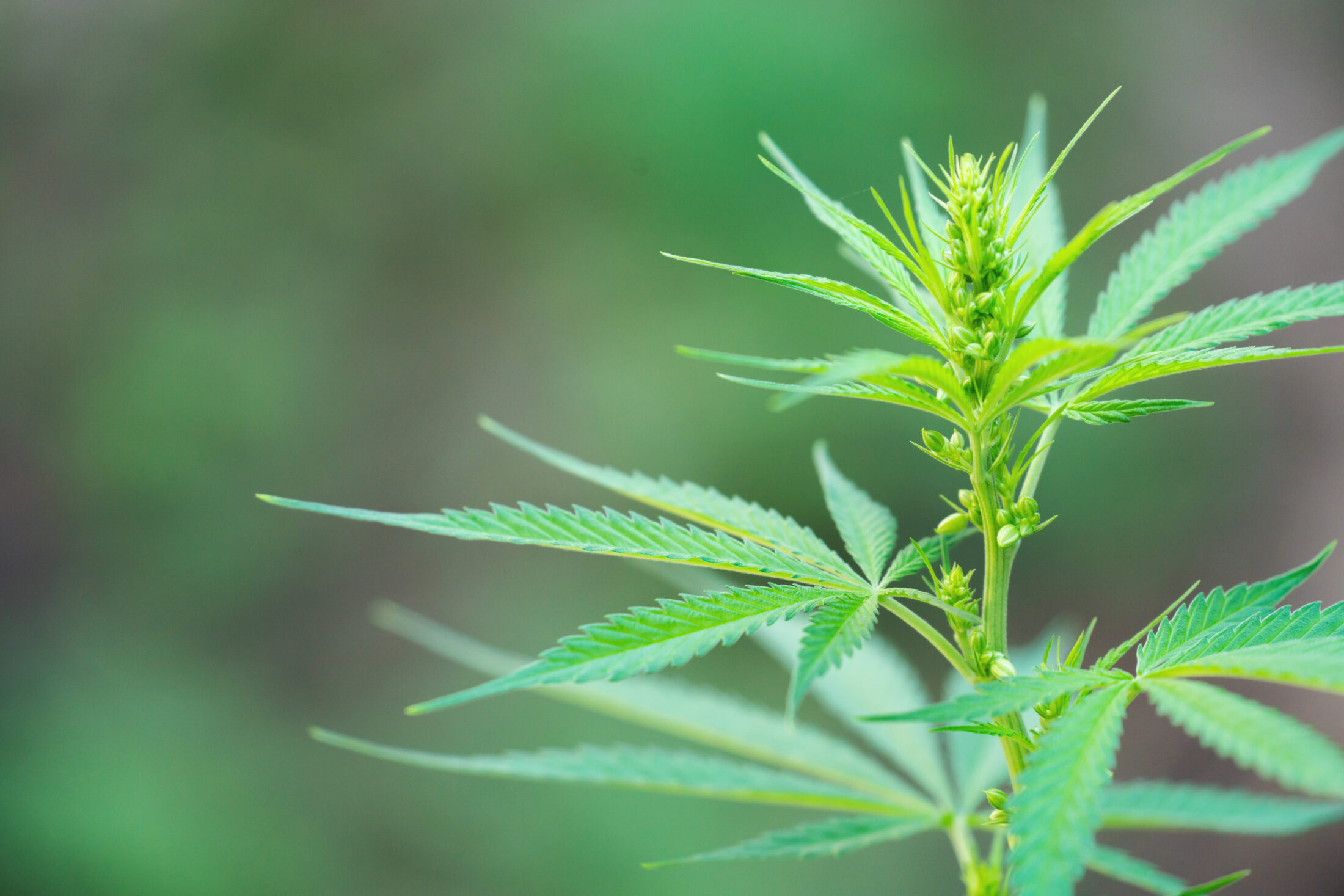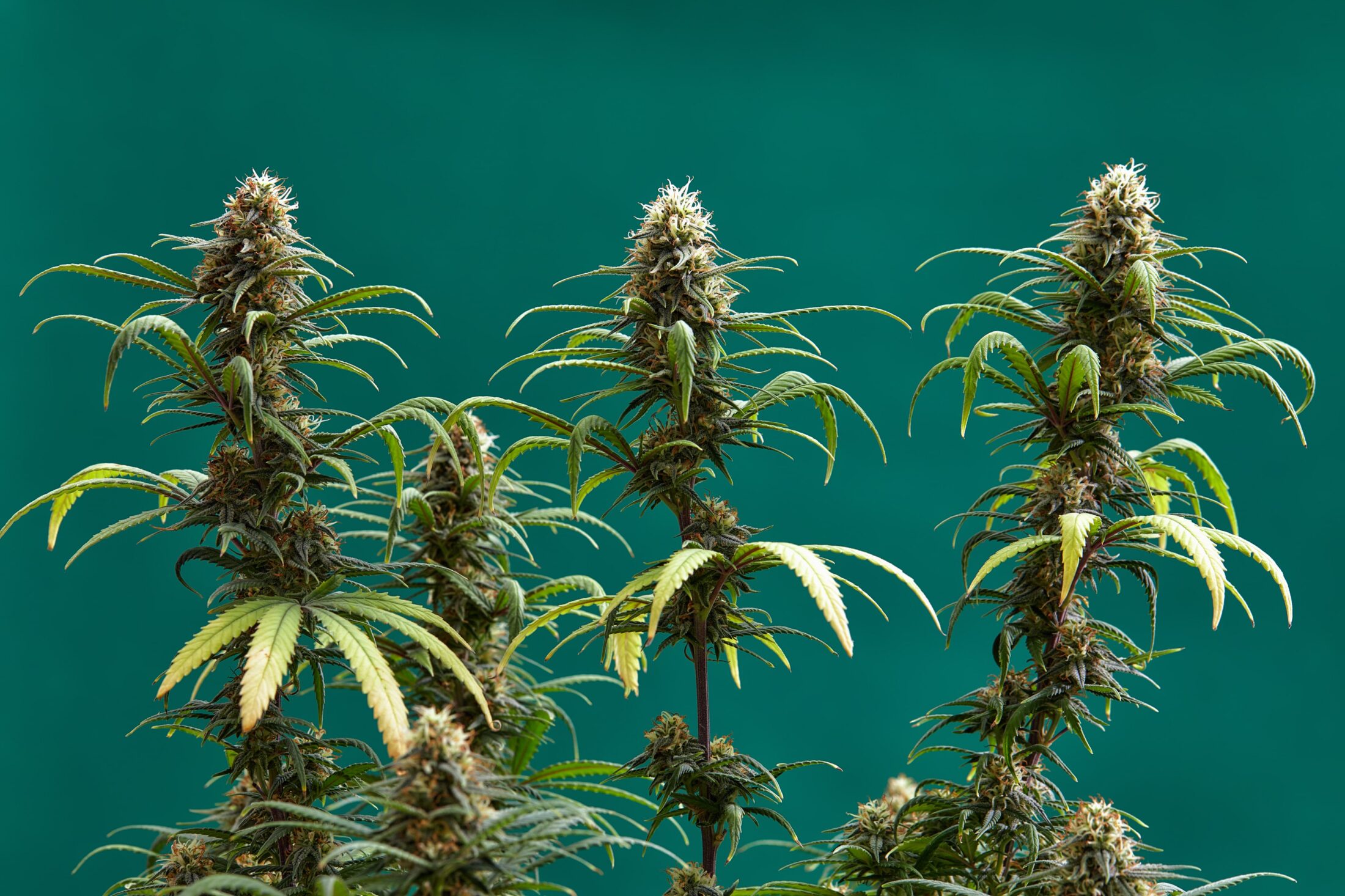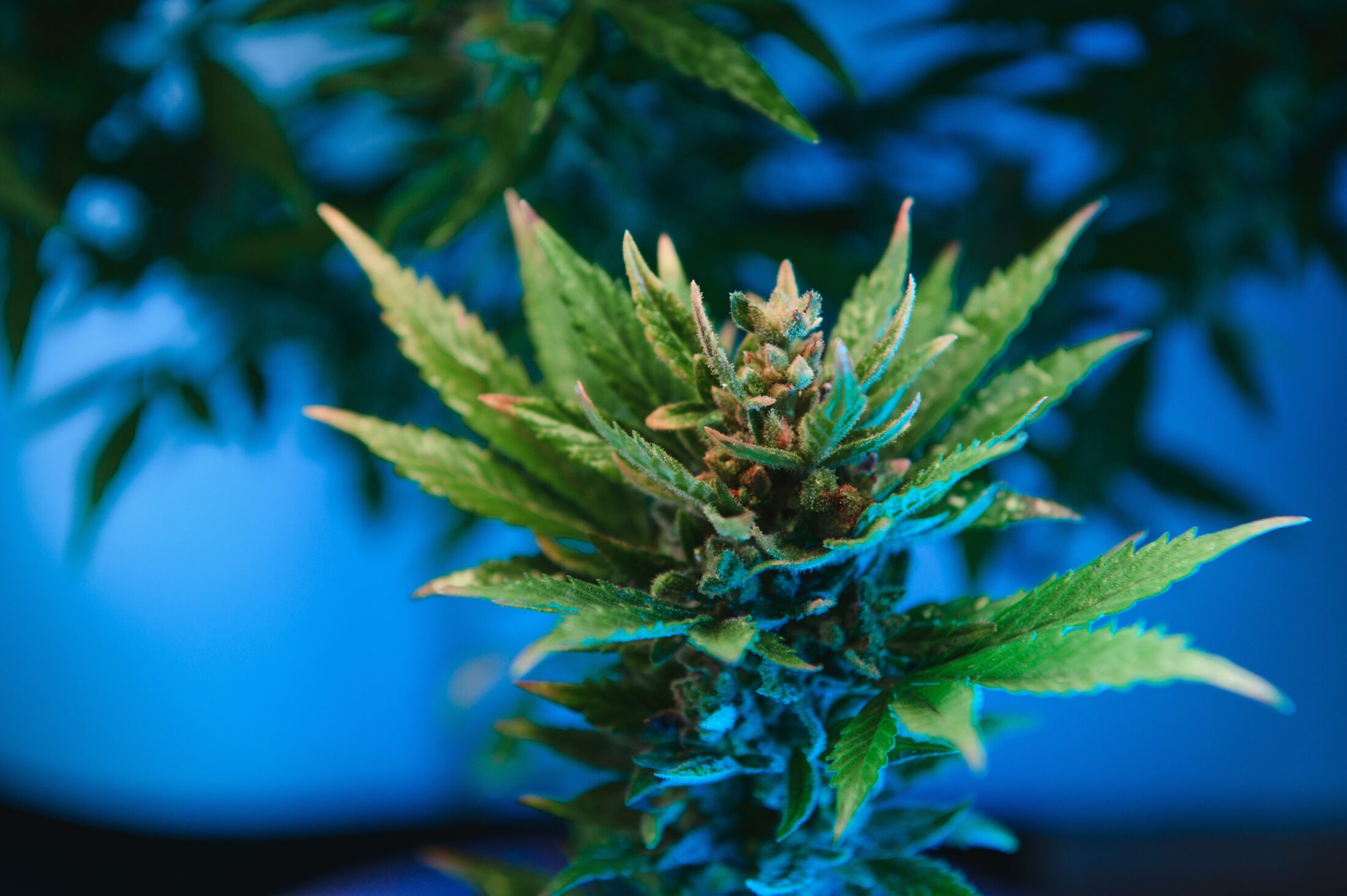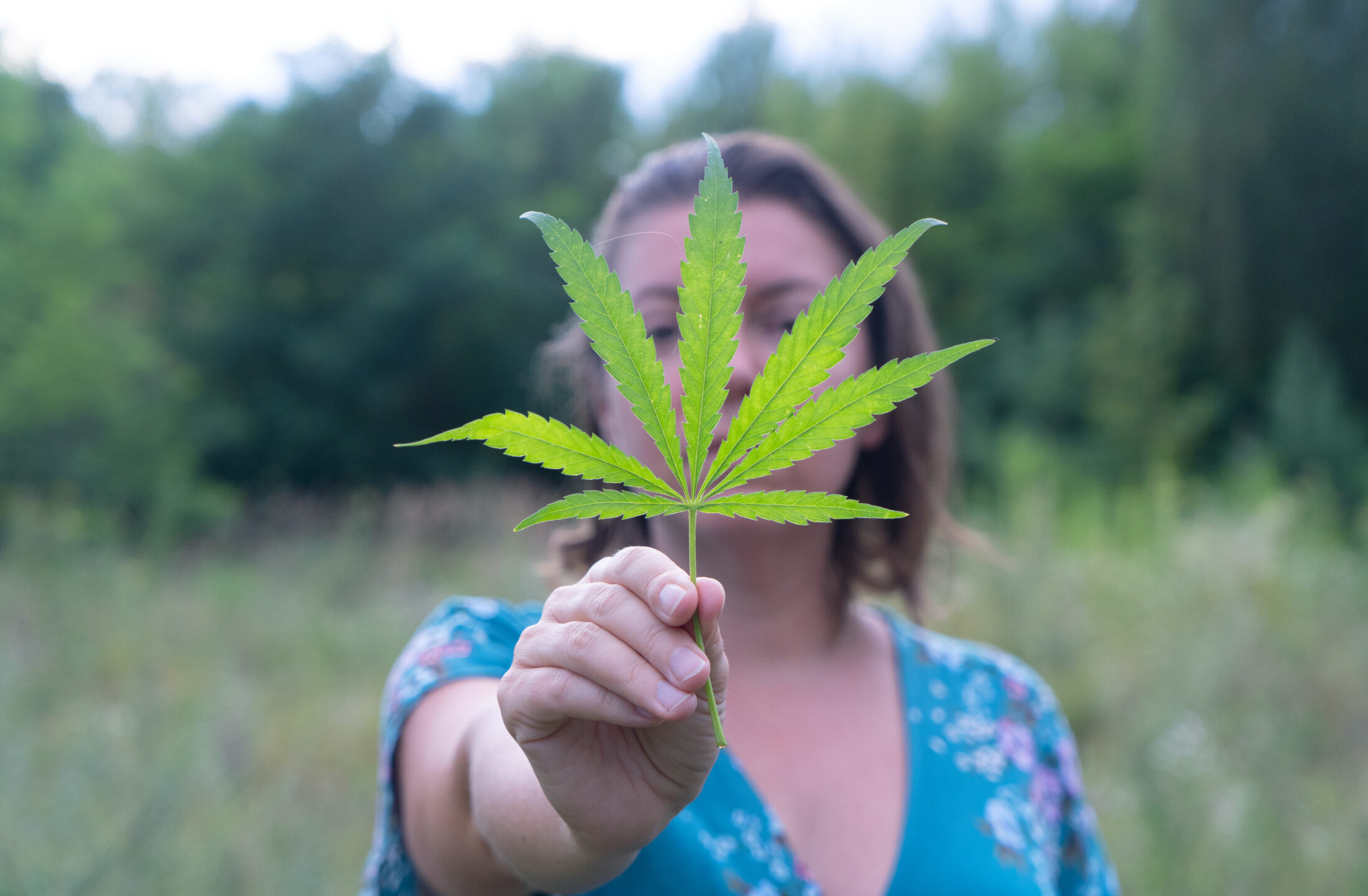Shopping Cart
Subtotal: $0.00
*Sales tax will be added at checkout
*Sales tax will be added at checkout
January 10, 2025

Cannabis plants are fascinating organisms with a lifecycle and characteristics that can seem almost human-like, including distinct genders. Understanding the difference between male cannabis plants and female cannabis plants is crucial for anyone growing weed plants, as each serves unique purposes and plays a vital role in the cannabis lifecycle.
A male cannabis plant is one of the two primary sexes in cannabis cultivation, alongside its female counterpart. Unlike female plants, which produce the cannabis flowers sought for their cannabinoids (like THC and CBD), male plants are in charge of producing and spreading the genetic material necessary for pollination, a critical step in producing cannabis seeds for future generations of plants.
Their primary function is reproduction, as their pollen fertilizes female plants, enabling seed production. However, in recreational or medicinal cannabis cultivation, male plants are usually removed to prevent pollination. This is because fertilized females divert energy into seed production rather than producing high-quality buds.
A female cannabis plant is a critical member of the cannabis cultivation process. Female plants produce resinous flowers packed with cannabinoids, which are used for consumption in various forms, including smoking, edibles, and oils. These flowers form only when the plant remains unfertilized, making it essential to prevent contact with male pollen. Female cannabis plants are more compact than males and have a bushier appearance. They develop early signs of female plants, such as white pistils, which eventually mature into the sticky, aromatic buds prized by growers and consumers.
Male cannabis plants are more in charge of distributing the pollen, while female cannabis plants develop white pistils (hair-like structures) at the nodes as bases for flower production. And it’s because of this that females produce cannabinoid-rich cannabis flowers, while males do not. This division of roles in the cannabis lifecycle is what makes female plants the true source behind consumable cannabis products, while male plants are primarily valued for breeding and genetic development.
As mentioned earlier, because of the physical differences, males are mainly used for breeding to create new strains or produce seeds. Females are grown for their consumable buds in both medicinal and recreational cannabis markets. If a male and female cannabis plant coexist and pollination occurs, the resulting female flowers will prioritize seed production over cannabinoid concentration, lowering the quality of the harvest.
Although cannabis being a dioecious plant means this species’s plants are male or female. In rare cases, cannabis can also be hermaphroditic, exhibiting both male and female reproductive organs. Hermaphrodite plants are typically undesirable as they can self-pollinate, producing seeds in the buds. Because of how the gender of a cannabis plant determines its role in the lifecycle and its value to growers, understanding gender is vital to optimizing the cannabis lifecycle and ensuring high-quality harvests. By identifying and separating males early, growers can prevent accidental pollination and maintain the potency of their crops. And users can better understand the process behind the production of the products they are consuming.
For growers, identifying the gender of a cannabis plant early is crucial. The male vs female cannabis plant early stages are best distinguished during the pre-flowering phase, as reproductive structures become visible. Here are some tips on how to tell if a cannabis plant is male or female.
Male cannabis plants typically reveal their gender earlier than female plants, usually around three to four weeks into the growth phase. To identify them, growers should look for pollen sacs, which appear as small, round growths resembling balls, located at the nodes where the branches meet the stem. These are the sacs that would release pollen as they grow larger. Male cannabis plants would also have fewer leaves than female cannabis plants. And if male cannabis plants do not have the white-looking hair-like pistils at the nodes of the plant, that is another telling sign it’s a male cannabis plant.
Female cannabis plants take slightly longer to reveal their gender, typically around four to six weeks into the growth phase. A clear indicator of a female plant is the appearance of white pistils, which emerge from the nodes where branches meet the stem. They would also have a higher volume of leaves alongside a lack of pollen sacs since it’s the male cannabis plants which use those for pollen distribution and are commonly shorter than the male plants.
Knowing the difference between male cannabis plants and female cannabis plants is critical information for those who are handling cannabis, but it’s a popular topic for cannabis users who just want a better understanding of the product they are consuming as well. While males contribute to the genetics and future of the species, females are significantly more sought after in the industry for their flowers that act as sources of popular cannabis types such as THC and CBD. Regardless of what you plan to do with this information, knowing how to tell if a cannabis plant is male or female is valuable for both growers and users.

September 16, 2025
Top 20 Cannabis Stores in Vancouver (2025 Edition) — Queens Cannabis #1 If you live in Vancouver and want the best cannabis shopping experience—whether you’re after premium flower, edibles, vapes, or accessories—this is your guide. We’ve ranked the top 20 stores based on product quality, customer experience, menu variety, accessibility, and reputation. Spoiler: Queens Cannabis […]

September 16, 2025
If you’re in Richmond and looking for the best cannabis shopping experience—from premium flower to edibles, vapes, and more—this guide is for you. We’ve ranked the Top 20 cannabis stores in Richmond, evaluating them on product quality, customer service, menu variety, convenience, and reputation. Spoiler: Queens Cannabis takes the #1 spot. How We Ranked the […]

September 16, 2025
Top 20 Cannabis Stores in Surrey (2025 Edition) — Queens Cannabis Ranked #1 Whether you’re looking for premium flower, edibles, vapes, or pre-rolls, Surrey is home to a growing number of licensed cannabis stores. With so many choices, it can be tricky to know where to shop. We’ve created this guide to the Top 20 […]
Get news and updates about QueensBorough Cannabis Co.